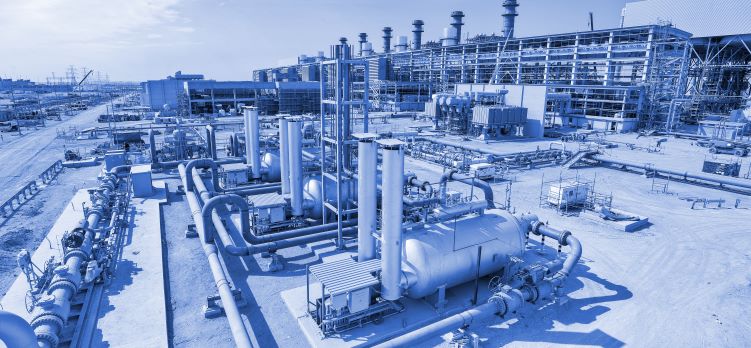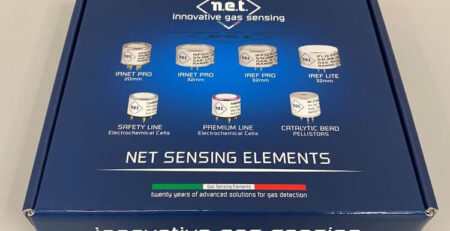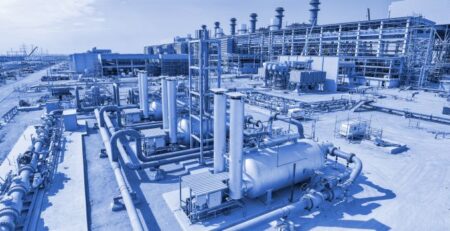EN 60079-29-1: Performance requirements of detectors for flammable gases
NET3X / NETC3 Cyber Heads can be installed in an explosive atmosphere classified according to the ATEX Directive. They have an Equipment Protection Level (EPL) of Gb, as well as Db when equipped with a dust filter. Moreover, the Cyber Heads are currently undergoing an additional certification process, in accordance with EN 60079-29-1. This standard describes the performance requirements for detectors of flammable gases.
What is EN 60079-29-1
EN 60079-29-1 has been developed by the technical committee CLC/SC 31-9, namely “Electrical apparatus for the detection and measurement of combustible gases to be used in industrial and commercial potentially explosive atmospheres”. The four parts of EN 60079-29 are standards specifically developed for gas detectors of flammable gases. 60079-29-2 describes the selection, installation, use and maintenance. Part -3 is a guide to the functional safety of fixed gas detection systems and 60079-29-4 states the performance requirements of open path devices. The four standards act as reference guide for manufacturers of gas detectors used or installed in potentially explosive atmospheres. 60079-29-1 specifies the general requirements for testing and performance of gas detectors.
How and why testing the performance of gas sensors
Gas detectors with the function of control measure compliant with EN60079-29-1 offer several advantages to both users and manufacturers, setting requirements for construction, testing and performance.
Several steps are required to verify the sensors performance. The actual testing sequence is the last of those steps. In fact, the standard describes first the functional requirements such as fault conditions, indicator lights and software specifications.
Under any circumstances, suppression of indication can occur as this could lead to an undetected error or malfunctioning. The gas detector must provide a failure signal in the event of failure of power or disconnection of the sensor.
Software-controlled equipment must comply with requirements proper of functional safety, since the manufacturer must take into account risks arising from faults in the software. The clauses which specify software functionalities are based on the principles and prescriptions of EN 50271, the European standard for apparatus used for safety applications with SIL-requirement 1. This means that the first important step to guarantee the performance of a gas detector is the analysis of its safety function and its capability to minimize risk.
The second crucial step is the test sequence. First, all the samples must be pre-conditioned through a thermal test and vibration test. The tests prescribed by the standard aim at verifying the accuracy of gas reading in different conditions. They could be divided into accuracy tests, stability tests, environmental tests and timing tests.
When the equipment manufacturer claims a performance exceeding the standard requirements, e.g. a reading accuracy over a larger temperature or pressure range, all such features should be verified and the test procedures should be extended or supplemented,. The possibility to extend the minimum requirements of the EN60079-29-1 is a great advantage for manufacturers and a guarantee of the safety device.
The choice of a good quality sensing element is crucial, as this must have a response which is fast and accurate in terms of the standard. The sensor can’t be damaged during the tests because one or more devices must be submitted to all the applicable evaluations. Once the test sequence has been concluded and the final result is positive, the device can be described as an equipment with certified performance.









